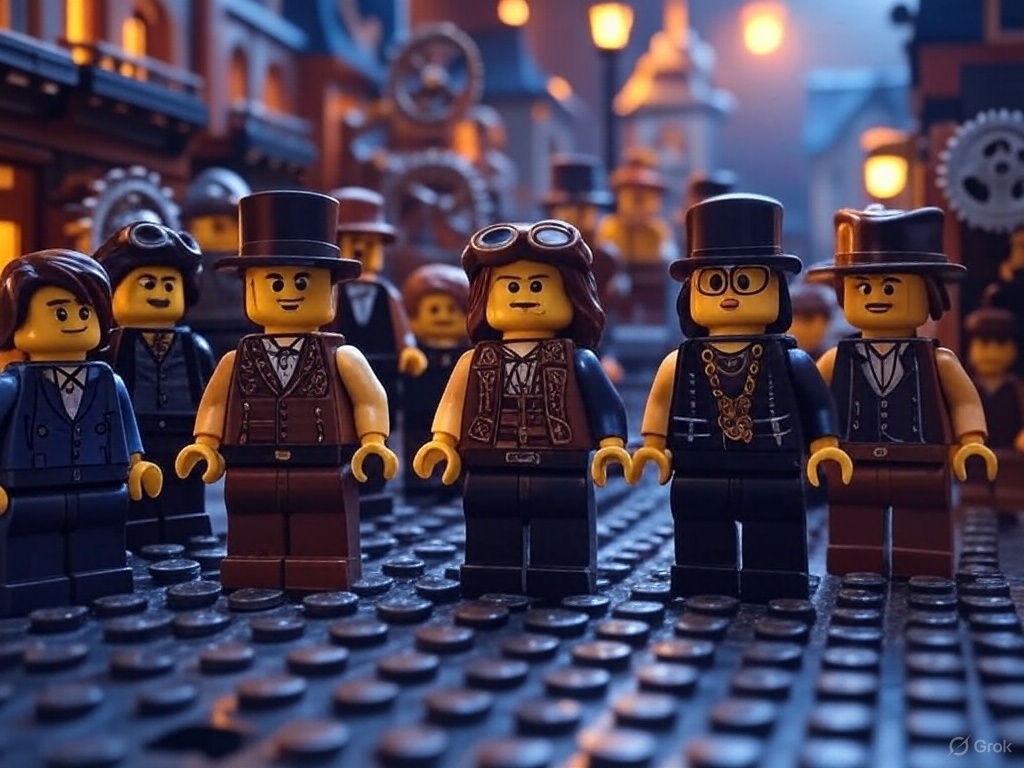Researchers at Carnegie Mellon University have introduced LegoGPT, a groundbreaking AI model that converts text prompts into physically stable and buildable LEGO designs with an impressive 98% success rate in structural stability.
This innovative system marks a significant leap forward in generative AI, blending creativity with practical engineering by incorporating physical laws into the design process. LegoGPT not only produces aesthetically pleasing models but ensures they can be constructed in the real world — by humans or even automated robots.
A Physics-Aware Approach to LEGO Design
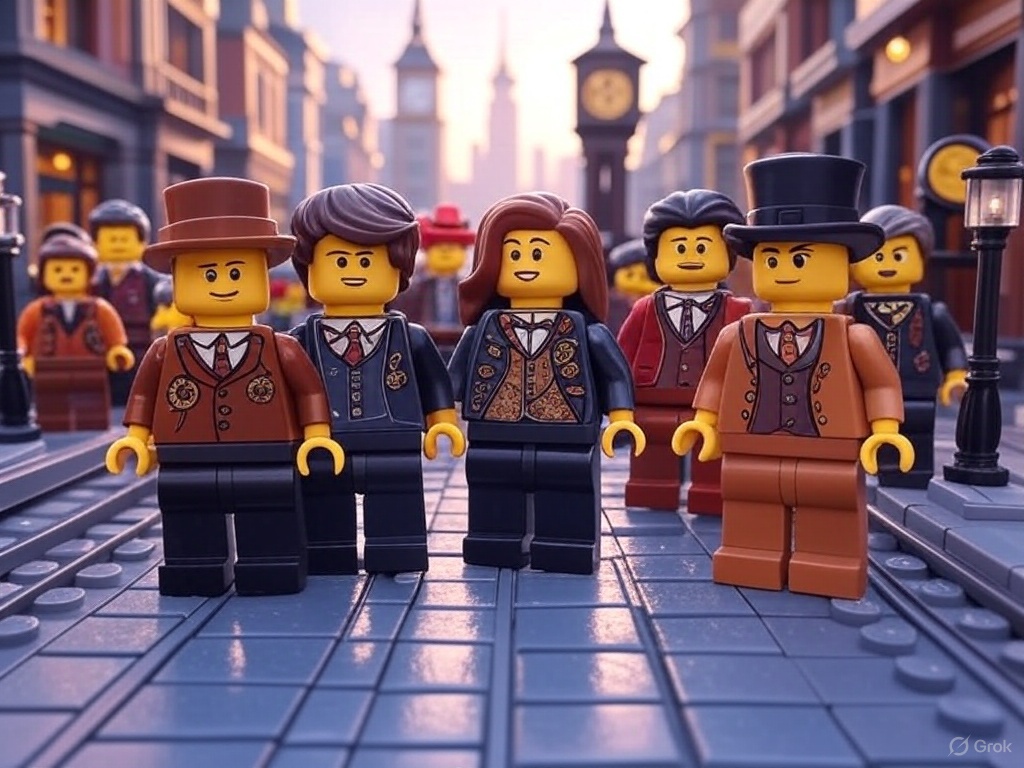 At the heart of LegoGPT’s innovation is its physics-aware rollback system, which guarantees that every generated design adheres to the principles of structural stability.
At the heart of LegoGPT’s innovation is its physics-aware rollback system, which guarantees that every generated design adheres to the principles of structural stability.
Unlike traditional AI models that often produce visually appealing but unbuildable concepts, LegoGPT integrates physical constraints into its generative process.
By treating LEGO construction as a sequential "next-brick prediction" task, the model predicts the placement and dimensions of each brick, ensuring that the resulting structure is both coherent and stable.
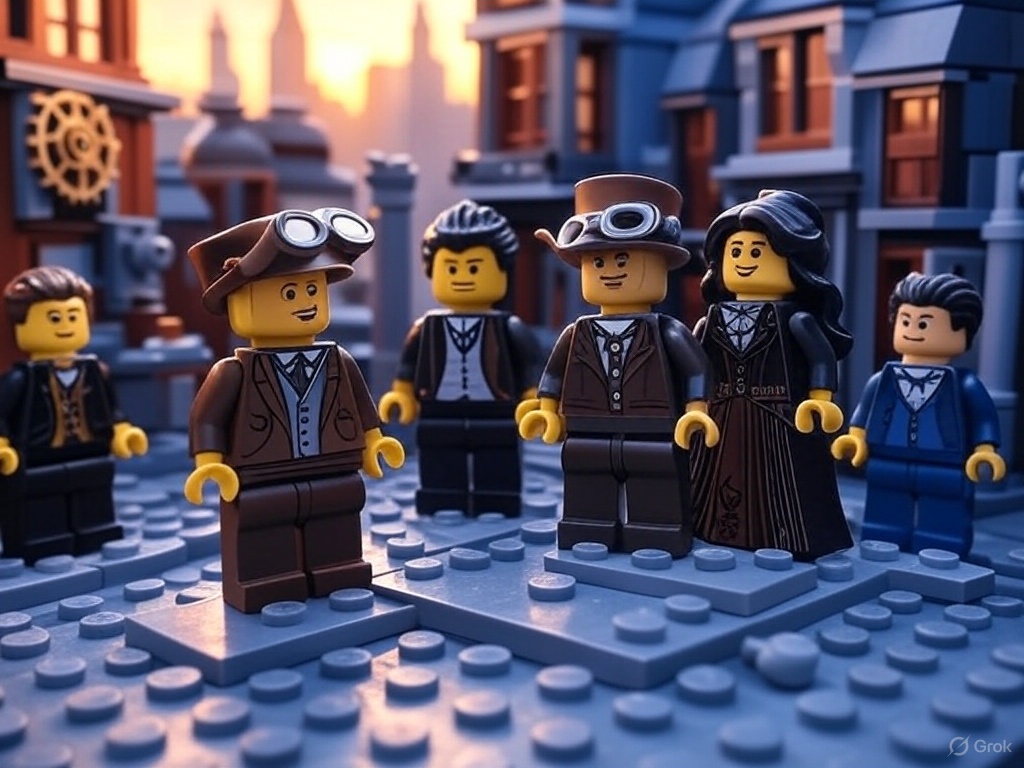 This autoregressive approach allows LegoGPT to outperform other language models and mesh-based 3D generation methods, achieving a CLIP score of 0.324 for superior text-to-design alignment.
This autoregressive approach allows LegoGPT to outperform other language models and mesh-based 3D generation methods, achieving a CLIP score of 0.324 for superior text-to-design alignment.
The model’s ability to account for physics is a game-changer. It evaluates multiple candidate bricks and positions at each step, applying validity checks to ensure the design remains buildable.
This meticulous process results in LEGO models that are not only aligned with the user’s text prompt but also capable of withstanding real-world assembly.
The StableText2Lego Dataset: A Foundation for Stability
LegoGPT’s remarkable performance is powered by the StableText2Lego dataset, a comprehensive collection of over 47,000 LEGO structures representing more than 28,000 unique 3D objects.
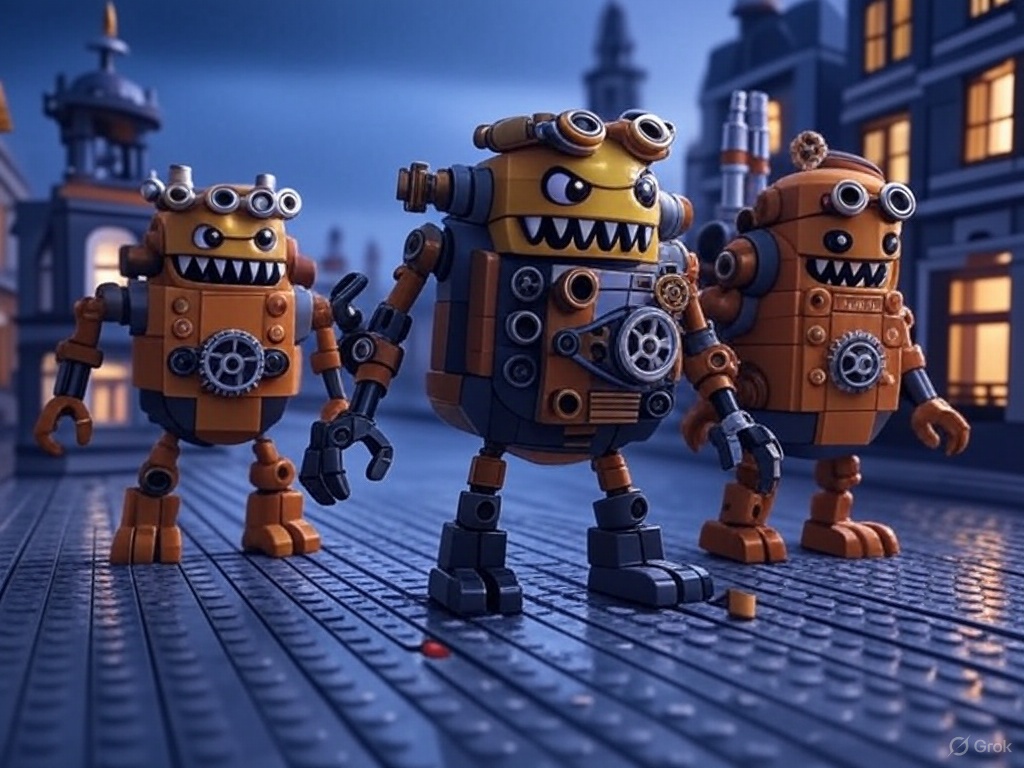 To create this dataset, the Carnegie Mellon team employed a multi-step process:
To create this dataset, the Carnegie Mellon team employed a multi-step process:
- Voxelization and Legolization: 3D meshes from ShapeNetCore were voxelized onto a 20×20×20 grid and converted into LEGO brick layouts using a "split-and-remerge legolization algorithm."
- Structural Variations: Multiple variations of each shape were generated by randomizing brick layouts while preserving the overall form.
- Stability Analysis: Each design underwent rigorous stability testing, with only structures scoring above zero on the stability metric included in the dataset.
- Geometric Descriptions: The team rendered each stable design from 24 viewpoints and used GPT-4o to generate detailed geometric descriptions, focusing on structure rather than color.
This dataset ensures that LegoGPT is trained on a diverse and physically validated set of designs, enabling it to generate robust and creative outputs.
From Text to Reality: Buildable by Humans and Robots
One of LegoGPT’s standout features is its accessibility. The generated designs are not only stable but also practical, meaning they can be assembled by humans or automated robotic systems.
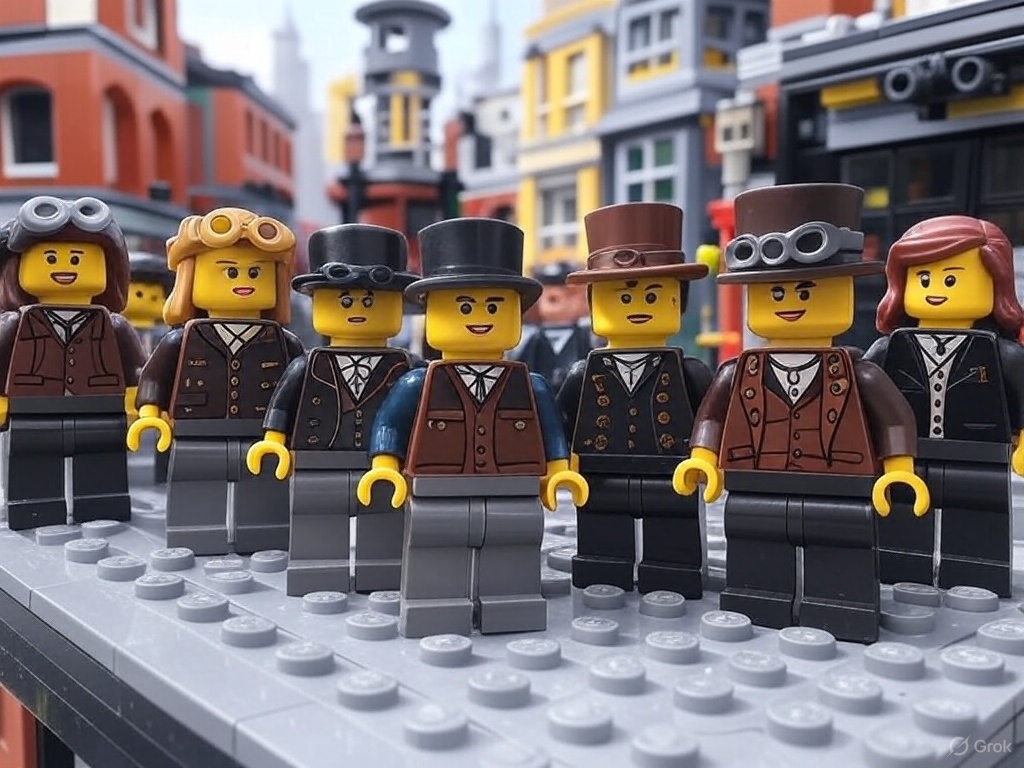 This versatility opens up exciting possibilities for applications in education, entertainment, and even industrial prototyping. Imagine a classroom where students input text prompts to create custom LEGO models, or a robotic assembly line producing intricate designs with precision.
This versatility opens up exciting possibilities for applications in education, entertainment, and even industrial prototyping. Imagine a classroom where students input text prompts to create custom LEGO models, or a robotic assembly line producing intricate designs with precision.
The project’s open-source nature further amplifies its impact. The Carnegie Mellon team has made the LegoGPT code publicly available on GitHub, allowing developers, hobbyists, and researchers worldwide to experiment with the model and contribute to its development.
This move aligns with the growing trend of democratizing AI tools, ensuring that cutting-edge innovations are accessible to a broad audience.
A New Era for Generative AI and LEGO Enthusiasts
LegoGPT represents a fusion of creativity, engineering, and artificial intelligence. By repurposing autoregressive language models for LEGO design, the Carnegie Mellon researchers have created a tool that is both technically sophisticated and delightfully practical.
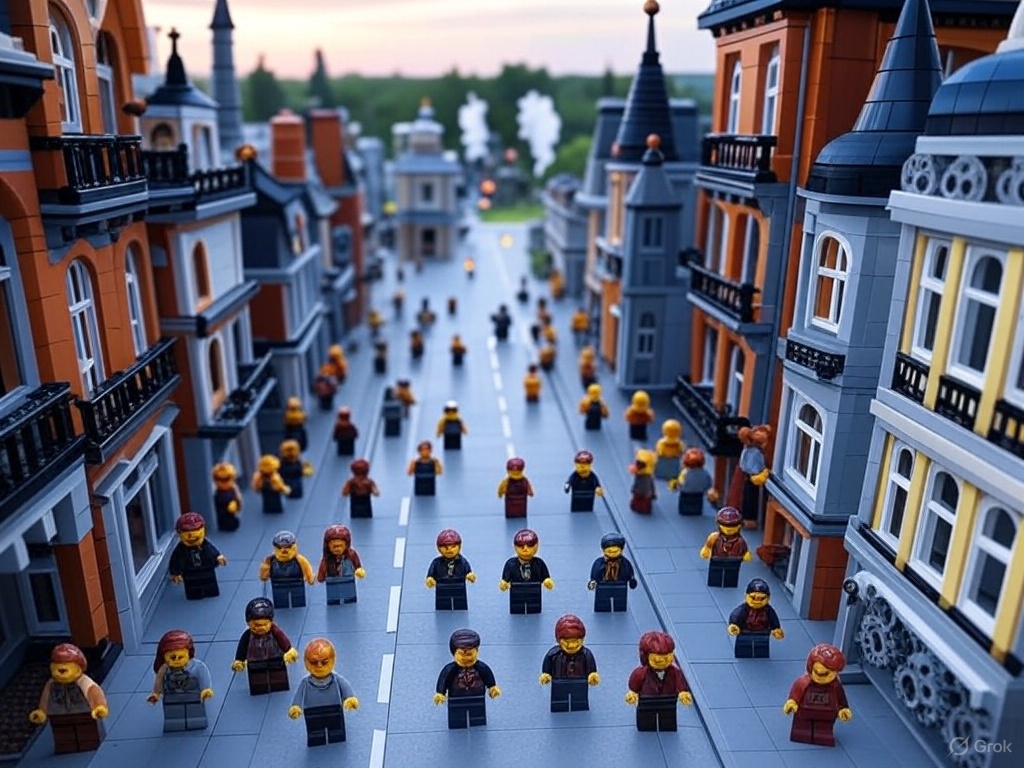 Its ability to generate stable, buildable structures from simple text prompts has captured the imagination of LEGO enthusiasts and AI researchers alike.
Its ability to generate stable, buildable structures from simple text prompts has captured the imagination of LEGO enthusiasts and AI researchers alike.
As posts on X highlight, the excitement surrounding LegoGPT is palpable. Users have praised its potential to revolutionize how we interact with LEGO, with some expressing nostalgia for a tool that could have fueled their childhood creativity.
Others have emphasized its real-world applicability, noting that it’s a “real use for AI” that bridges the gap between digital design and physical construction.
Also read:
- Scanning Faster Than You Can Flip
- The Streaming Industry’s Strategic Pivot: Profit Over Subscriptions
- Linktree’s Major Update: Partnering with Kajabi to Transform Link-in-Bio into Store-in-Bio
Looking Ahead
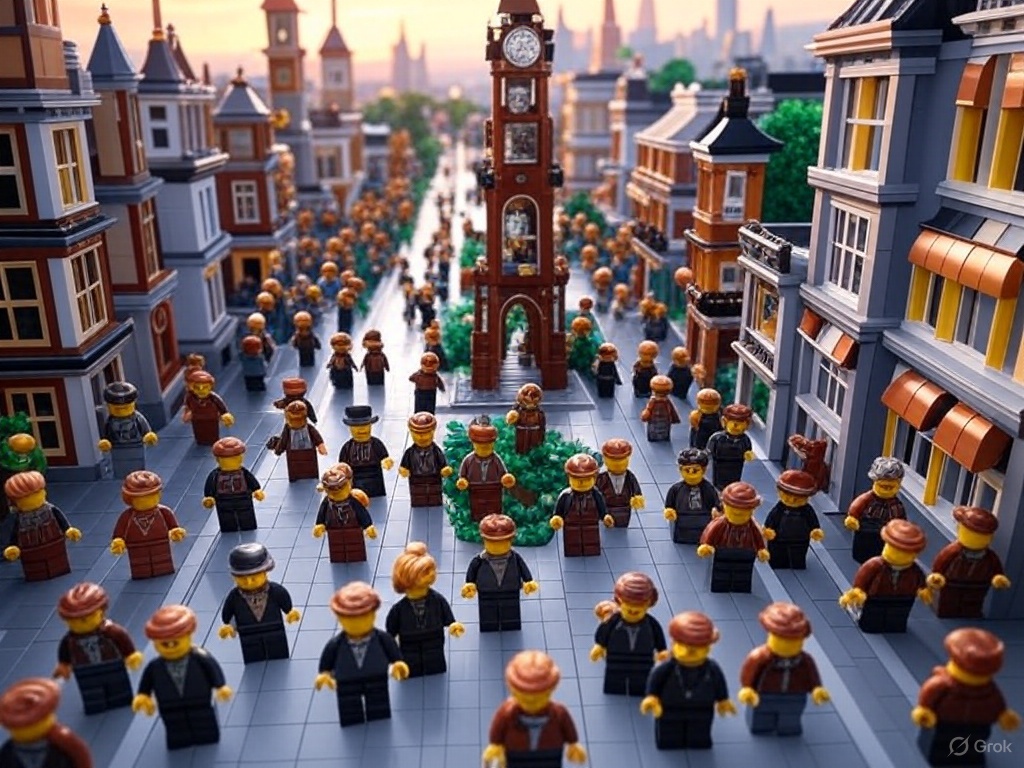 LegoGPT is more than just a novel AI model—it’s a testament to the power of interdisciplinary innovation. By combining insights from computer science, physics, and design, the Carnegie Mellon team has created a tool that pushes the boundaries of what generative AI can achieve.
LegoGPT is more than just a novel AI model—it’s a testament to the power of interdisciplinary innovation. By combining insights from computer science, physics, and design, the Carnegie Mellon team has created a tool that pushes the boundaries of what generative AI can achieve.
As the open-source community engages with LegoGPT, we can expect further refinements and creative applications, from bespoke LEGO art to educational tools that teach engineering principles through play.
For now, LEGO fans and AI enthusiasts can dive into the project on GitHub and start building their own text-inspired creations. With LegoGPT, the only limit is your imagination — and thanks to its physics-aware design, even the sky isn’t out of reach.

